Explaining What This is – The CRAB Surveyor
Now that the North Wildwood Beach Replenishment is moving at lightning speed, some visitors have noticed a strange-looking machine on the beach.
Described by some as a “three-legged alien spaceship coming out of the water,” this unique contraption has piqued the curiosity of beachgoers and locals alike.
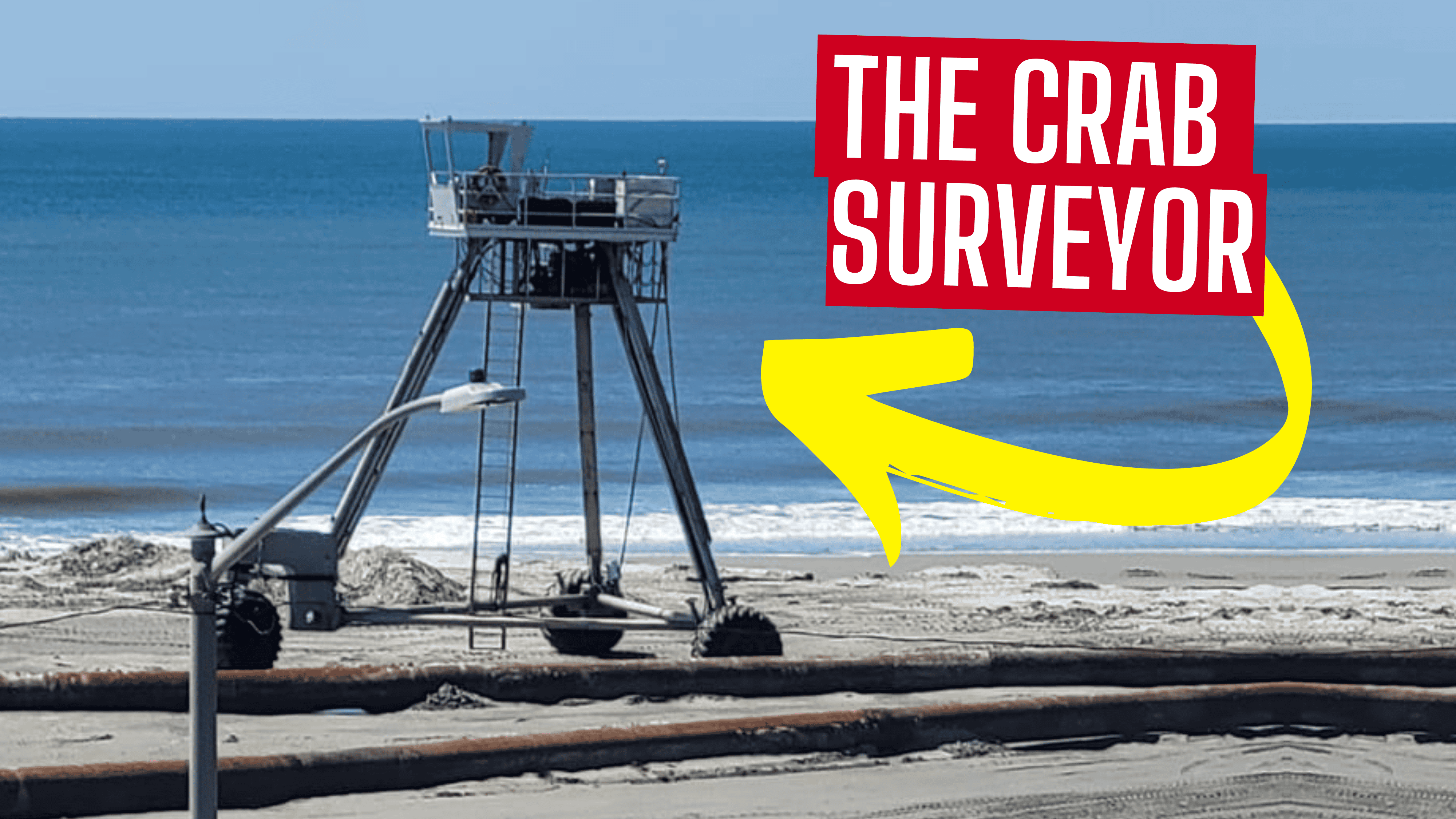
Explaining What This is – The CRAB Surveyor
Standing at an impressive height of 33 feet tall, with a tower-like structure on top, this machine is not a visitor from another world but a remarkable piece of engineering known as the Coastal Research Amphibious Buggy, or CRAB.
This three-legged giant has been instrumental in numerous beach replenishment projects across New Jersey, playing a crucial role in understanding and managing coastal environments.
The CRAB is essentially a large, mobile platform equipped with extendable legs and broad, balloon-like tires.
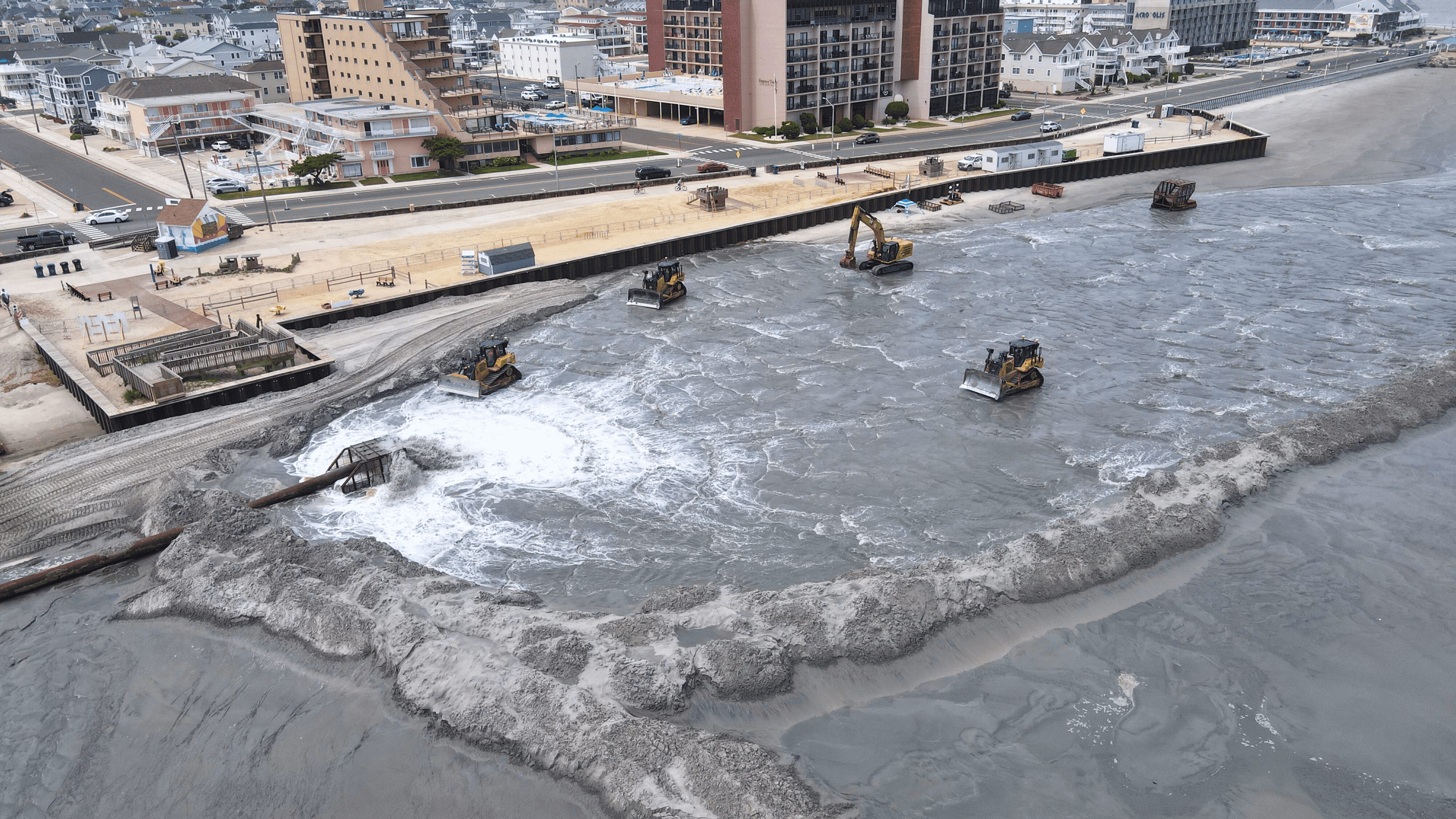
Typically, the buggy is several meters high, allowing it to move above the water’s surface while providing a stable platform for researchers and their equipment.
Also See: Wildwood’s Tiki Bar “The Point” is Now Open! – FIRST LOOK
The CRAB is used in a variety of research activities aimed at understanding coastal processes, monitoring environmental changes, and aiding in the preservation of these delicate ecosystems.
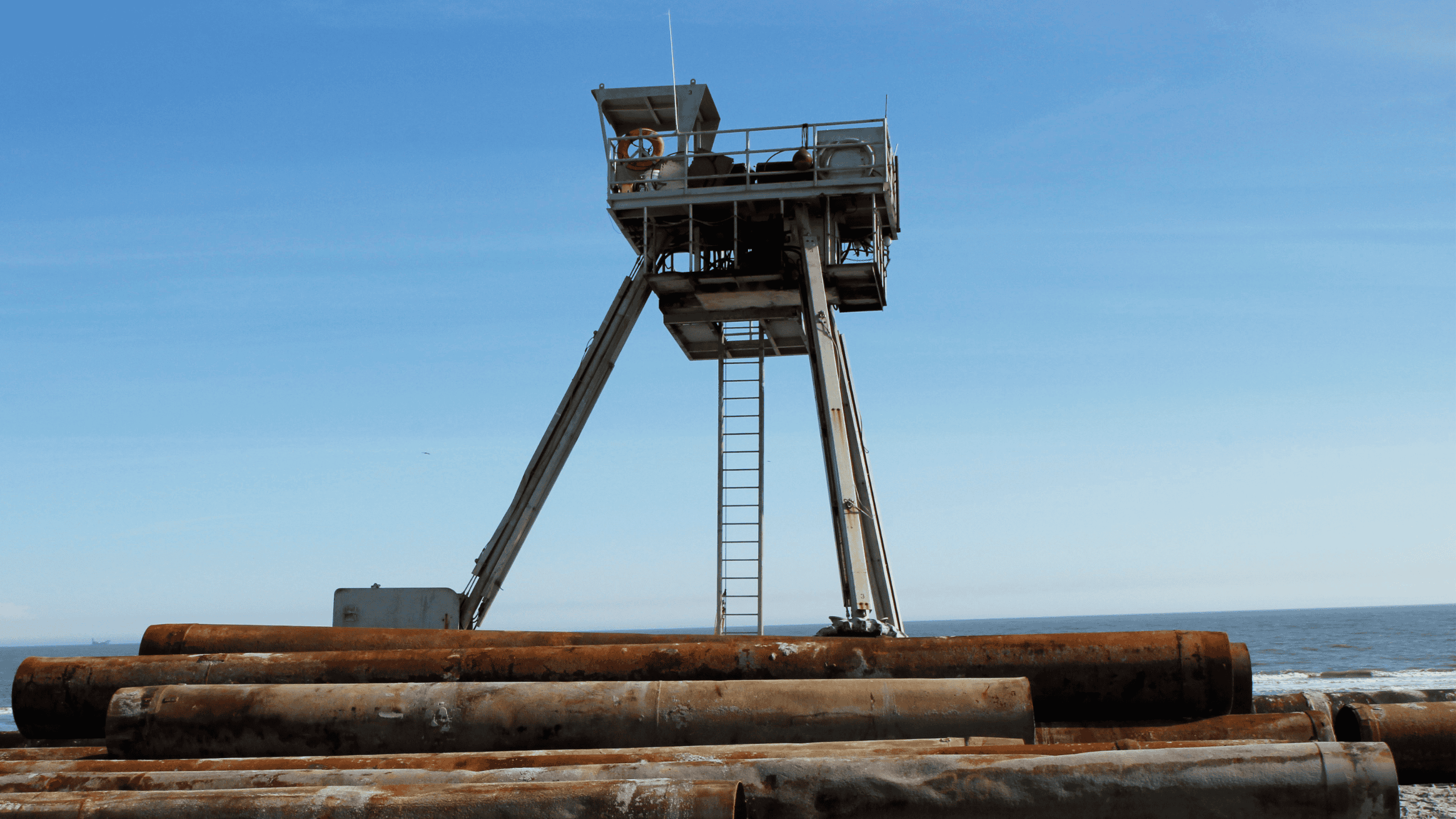
The CRAB enables researchers to monitor and record these changes with precision, helping to develop strategies to combat erosion and protect shorelines.
Ecological Surveys: Many coastal species depend on the intertidal zone for survival.
The CRAB allows scientists to conduct detailed surveys of plant and animal populations, providing crucial data for conservation efforts.
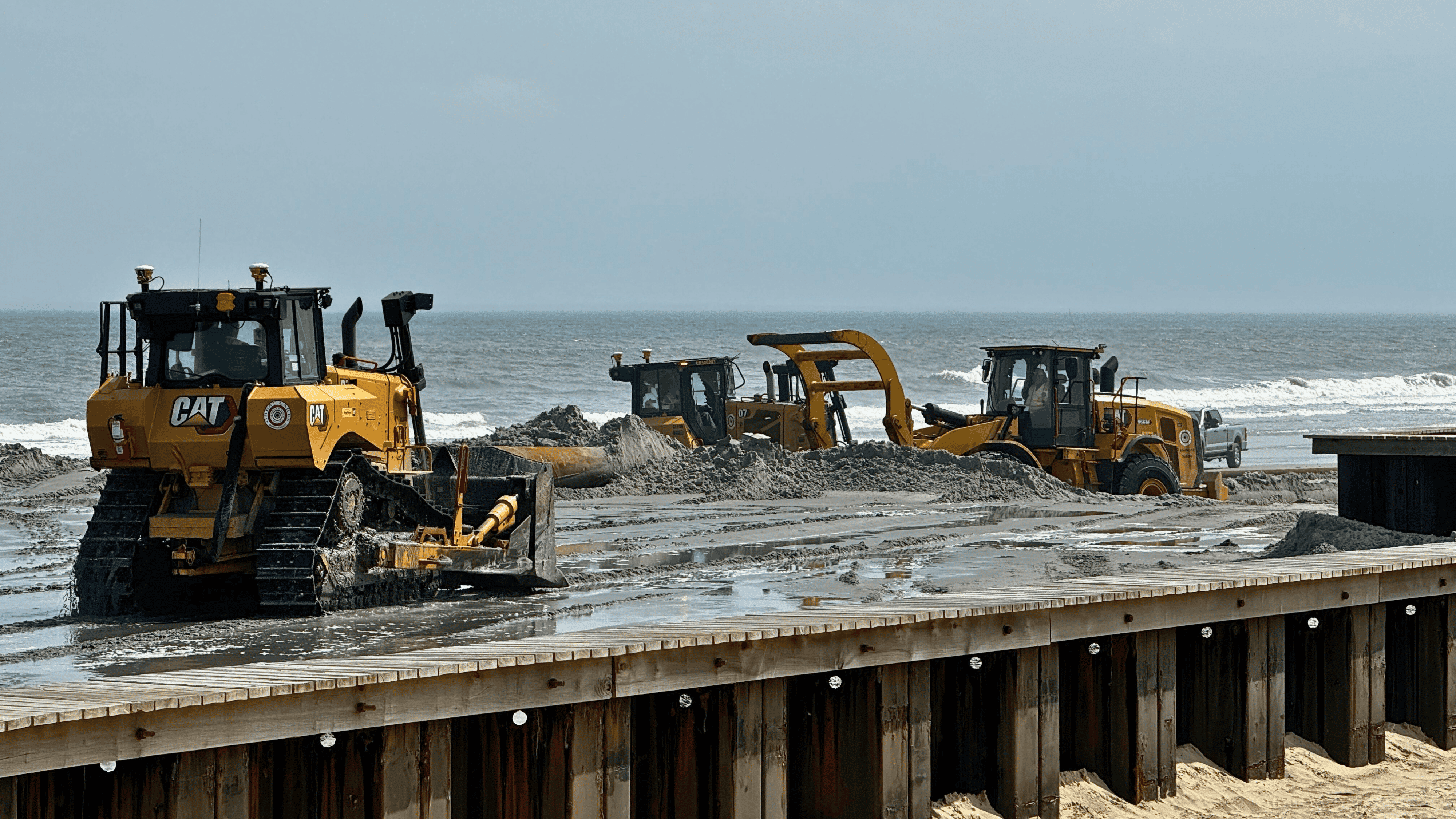
The buggy can be equipped with various sensors to measure parameters like salinity, temperature, and pollutant levels.
Sediment Analysis: By collecting sediment samples from different locations, researchers can study the composition and movement of materials, which is essential for understanding sedimentary processes and predicting changes.
In the North Wildwood Beach Replenishment project, we will see the CRAB moving up and down the beach to measure the depth of the waterline.
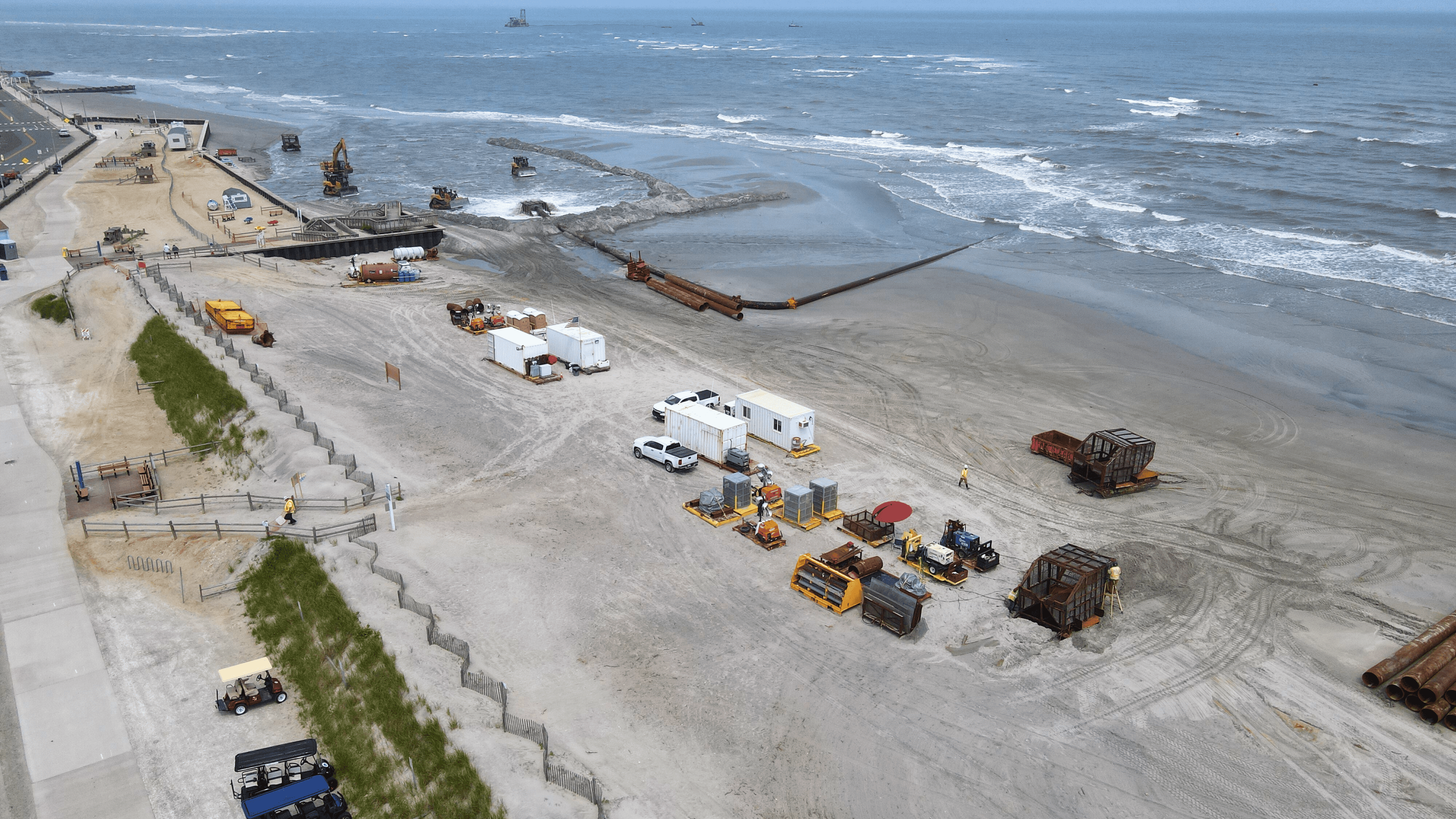
Afterward, this machine will return to the completed areas to verify that the correct amount of sand has been deposited.
For those wondering how it got on the beach, turns out the machine can be taken apart.
The wheels of the machine were seen dropped off late last week, similar to how the tractors were brought onto the beach.
To see the first day of pumping for the North Wildwood Beach Replenishment project, watch the video below.
Before you watch please subscribe as we try to hit 100,000 subscribers (only 6,375 away)
